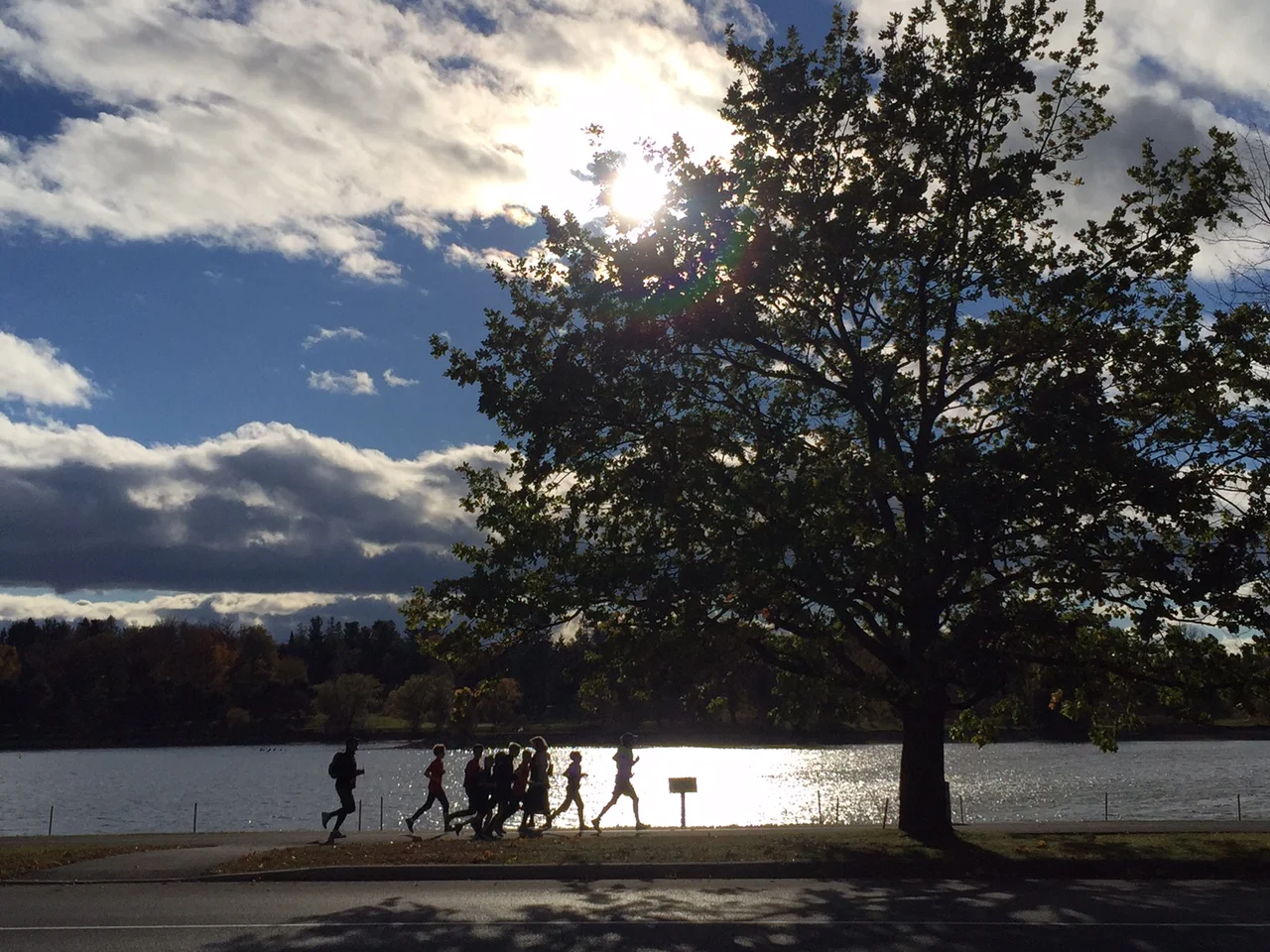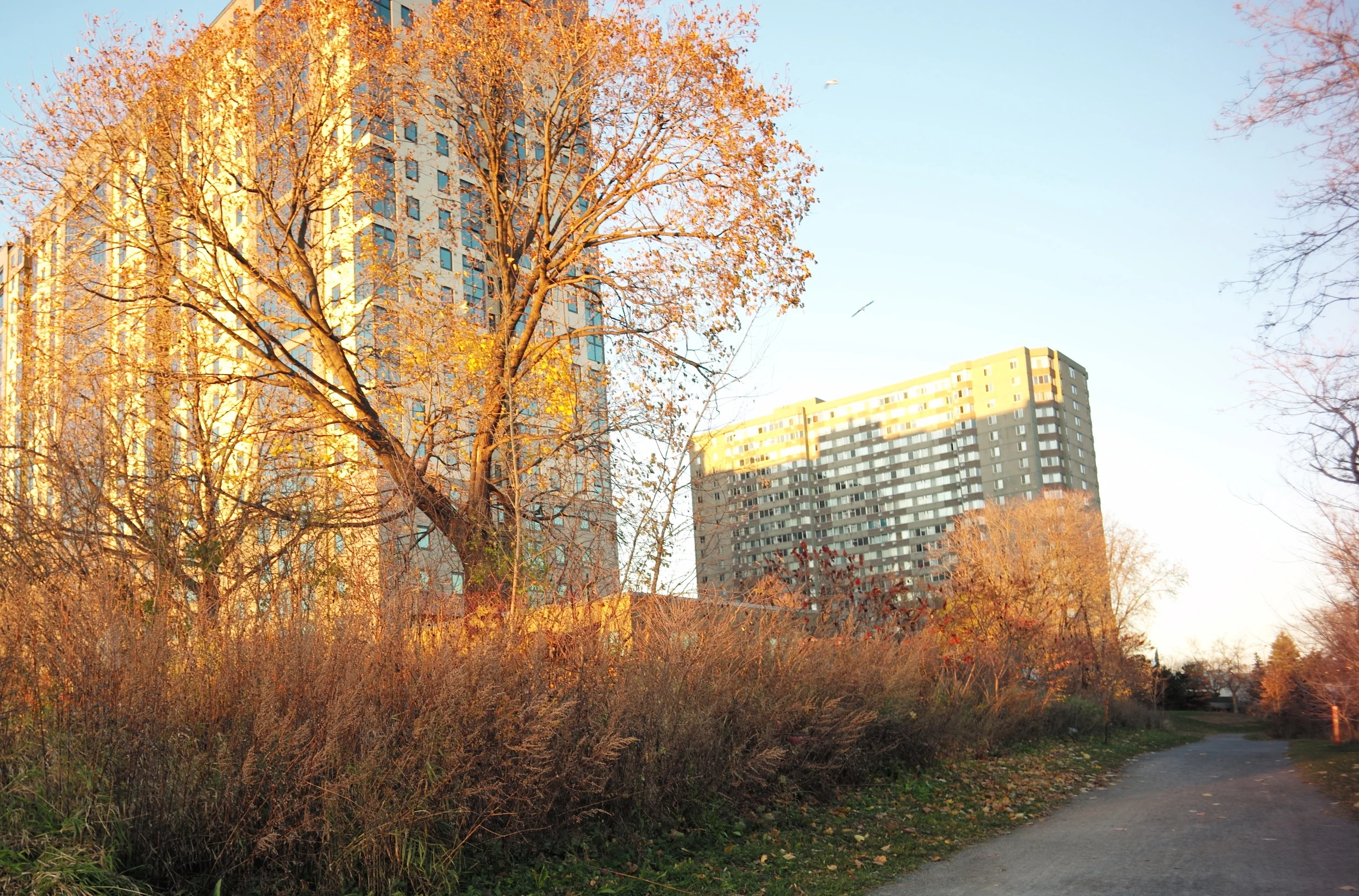Brian DePratto, Economist
“With time the value and benefits of urban forests will become common knowledge.” Brian DePratto, economist and co-author of a 2014 TD Economics Special Report, The Value of Urban Forests in Cities Across Canada, discusses the economic value of our urban forests.
Photos: Chris Osler and Owen Clarkin
Photo: Chris Osler
Q.1. What prompted TD Economics to undertake a special report on the value of urban forests?
TD has had a long-standing interest in environmental issues, whether through our economic research, or our Friends of the Environment foundation and TD Environment team. We saw (and see) urban forests as an important resource that can often be ignored, and we wanted to highlight their importance in a way that people may not traditionally think about when it comes to urban forests – their economic value.
Q.2. How did you get involved in co-authoring the report?
When I am not looking at 'traditional' economic issues, my work involves environmental issues, particularly natural capital. As a result, it was a natural fit for me to take part in the research.
Q.3. What was the public’s response to the report?
The response was quite positive. People were very interested in the findings, and we continue to get regular requests from individuals asking us to perform a similar analysis in their cities.
Q.4. What was the response by policymakers?
Policymakers have been less responsive, but the response that we have received has generally been positive. In particular, many people see our work as a sort of vindication of policies supportive of the urban forest (in the cities where these policies have been put in place).
Q.5. The report stated that some of the benefits that accrue from urban forests include wet weather control, air quality, energy savings and carbon sequestration. How did you calculate the dollar value of these benefits?
The benefits are calculated by looking at what the costs would be if trees weren't in place. For instance, we can model how the forest affects water flow into the sewer system. We also know what it costs to construct and operate the system. So, if we put those two things together, we can figure out how much more it would cost in terms of upgrades and maintenance of the system were the trees not there, which gives us the value these trees are providing in terms of wet weather flow.
Photo: Chris Osler
Q.6. The report looked at the metropolitan areas of Vancouver, Montreal and Halifax and another report focused on Toronto. Does TD Economics plan to report on all urban centres in Canada? Has TD Economics considered reporting change in the economic value of forests over time with periodic updates?
At present, we do not plan to continue the series, but the possibility of adding more cities is still on the table for some point in the future. Periodic updates have not been talked about, but they would be an intriguing idea, particularly as advances in monitoring and modelling techniques should help us develop even more accurate measures of benefits going forward.
Q.7. Growing evidence links human health with the health of our forests. A 2012 report by Trees Ontario stated that modest investments in forests could reduce long-term health care costs and increase people’s wellbeing and productivity. Is TD Economics investigating these links?
While not investigating the links directly, we continue to monitor this fascinating and developing literature. Work seems to be converging on the idea that trees do have a multitude of health benefits, which would further increase their importance and value.
Photo: Chris Osler
Q.8. In Ottawa, it is estimated that the emerald ash borer will destroy up to 25% of the urban canopy. Has TD Economics published any economic reports related to the loss of forest canopies due to invasive species and other threats?
We’ve not yet published any reports on that topic. We have in the past looked at the impacts on the lumber/forestry industry, but have not considered the topic from an urban forest perspective.
Q.9. From your perspective, do you think society at large has a good understanding of the economic value of trees and urban forests in our cities?
I think society at large may not have a complete understanding of the total economic value, but I do believe that the knowledge continues to spread day by day, and with time the value and benefits of urban forests will become common knowledge.
Q.10. Finally, do you have a favourite tree species? If so, which one and why?
I have to go with the Jack Pine. My family camped regularly in the Killarney area when I was a child, and I fell in love with the gnarled pines you often see growing out of the rock faces there. I can see why Tom Thomson liked the area so much!
Jack Pine. Photo: Owen Clarkin
Click here for the 2014 TD Economics Special Report, The Value of Urban Forests in Cities Across Canada.



